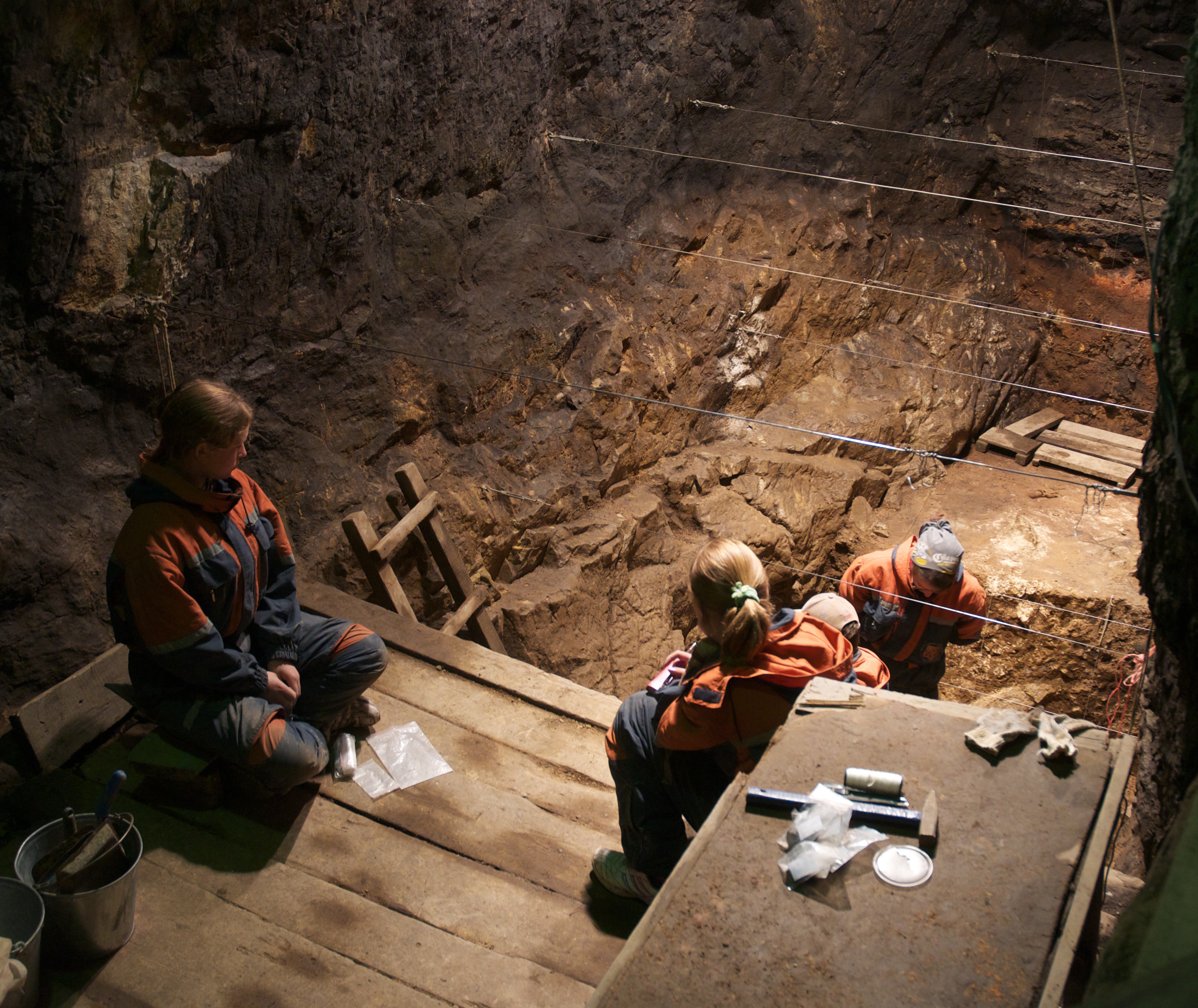New Scientist
Image: Bence Viola
It was a two-way street. Many people carry ancient Neanderthal DNA in their genome as a result of cross-species liaisons around 50,000 years ago. Now it seems that some Neanderthals carried our DNA, too.
This particular group had, for example, a big chunk of modern human DNA right in the middle of a gene that may have a role in language development, called FOXP2. What’s more, they got that DNA from us at least 100,000 years ago, somewhere in Eurasia. The finding challenges an idea central to our thinking about human evolution: that our species didn’t properly leave Africa until about 60,000 years ago.
A team led by Sergi Castellano at the Max Planck Institute for Evolutionary Anthropology in Leipzig, Germany, compared 50,000-year-old DNA from four extinct human relatives: a Neanderthal and a Denisovan from Siberia, and two European Neanderthals. They also looked at 500 genomes from living Africans.
Neanderthals and Denisovans are more closely related to each other than they are to us, so their genomes should have more in common, too. But Castellano’s team found that parts of the Siberian Neanderthal genome were more similar to the genomes of modern-day Africans than those of the Denisovans or the European Neanderthals. Statistical analyses ruled out the possibility that those similarities were the result of contamination.
The length of the modern-day DNA segments allowed the team to estimate when they entered the Siberian Neanderthal gene pool. Recently added DNA typically exists in long segments that become shorter down the generations. The team concluded that modern humans must have first interbred with Neanderthals at least 100,000 years ago (Nature, DOI: 10.1038/nature16544). Read more on newscientist.com…








